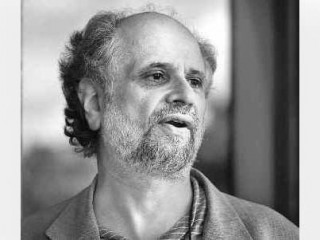
Homi Bhabha biography
Date of birth : 1909-10-30
Date of death : 1966-01-24
Birthplace : Bombay , India
Nationality : Hindi
Category : Science and Technology
Last modified : 2010-08-27
Credited as : Nuclear physicist, development in the atomic energy program, research into the absorption of cosmic rays
1 votes so far
Bhabha was born into a prominent family, through which he was related to Dinshaw Maneckji Petit, Muhammad Ali Jinnah, Homi K Bhabha and Dorab Tata. After receiving his early education at Bombay schools and at the Royal Institute of Science, he attended Caius College of Cambridge University to pursue studies in mechanical engineering. After taking mechanical engineering, he pursued studies under Paul Dirac to complete the Mathematics Tripos. Meanwhile, he worked at the Cavendish Laboratory while working towards his doctorate in theoretical physics under R. H. Fowler. During this time, he embarked on groundbreaking research into the absorption of cosmic rays and electron shower production. Afterward, he published a string of widely-accepted papers on his theories regarding cosmic ray showers.
During this period he travelled to Europe and met scientists like Neil Bohr, Pauli and Fermi among others. Bhabha was in India, when the war broke out in Europe and this marked the beginning of his career in India. In 1940, on the behest of C V Raman, head of the Department of Physics, Indian Institute of Sciences, Bangalore, Bhabha joined the institute as a Reader in Physics. He was elected as a member of the Royal Society in 1942. Later he was elected a Fellow of the Indian Academy of Sciences, and in 1943, became the President of the Physics section of the Indian Science Congress.
Bhabha, aware of the importance of translating theory into experiments, began putting his knowledge in the practical study of Cosmic Rays. Realising the need for an institute fully devoted to fundamental research, he, helped with funds from J R D Tata, established the Tata Institute of Fundamental Research (TIFR) in Bombay in 1945.
Bhabha was soon a force to reckon with in the international science circles as his studies in the field of Atomic Energy were considered of great importance. He served as the President of the United Nations Conference on the Peaceful Uses of Atomic Energy, in Geneva in 1955 and as President of the International Union of Pure and Applied Physics from 1960-1963.
















